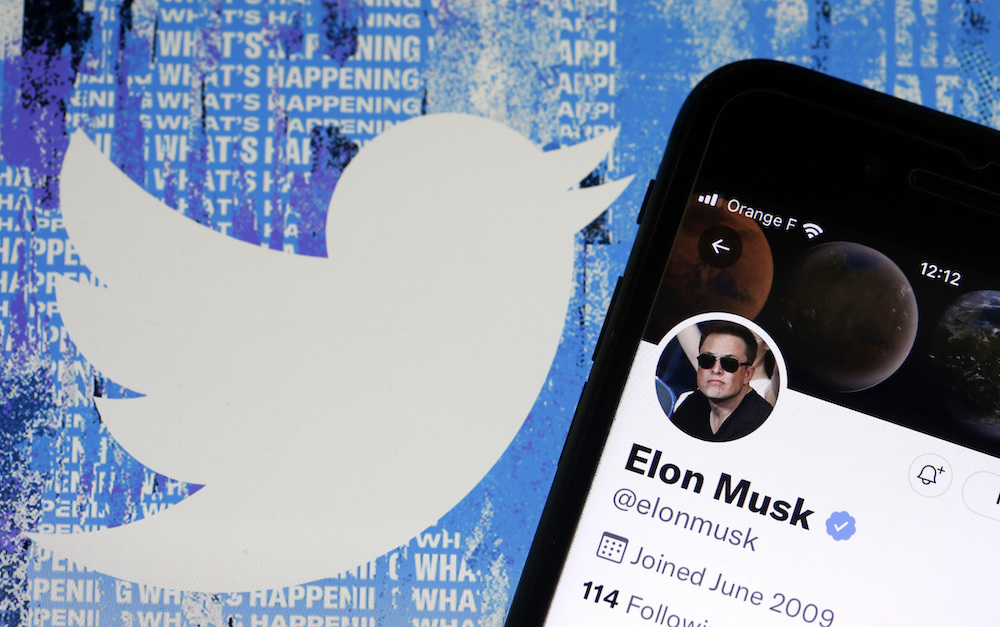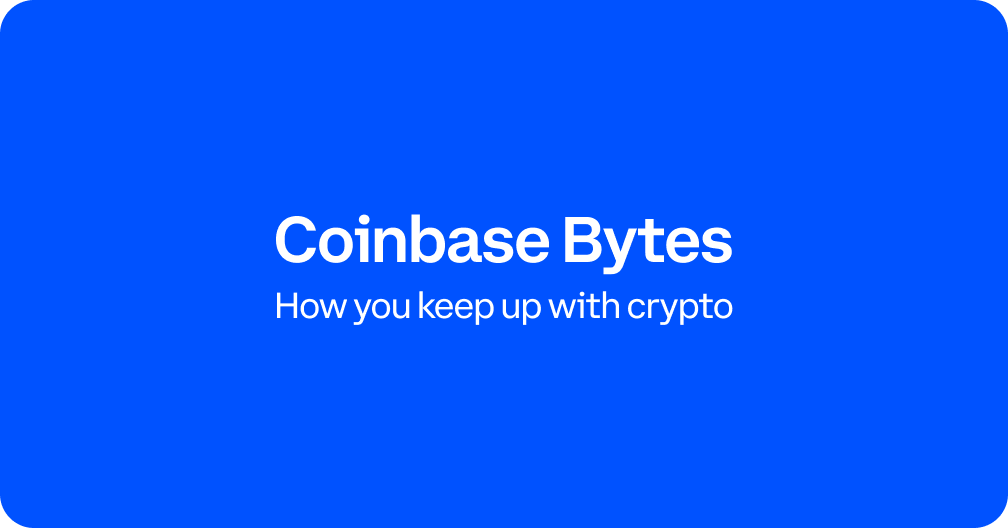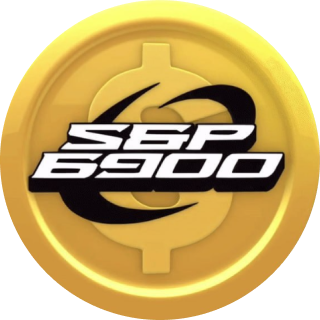What is Zcash and why has it been rallying?

There’s never a dull moment on the blockchain. Here’s what you need to know this week:
Bitcoin ETFs had their best day in a month. Meanwhile, BTC is still trading near the $100K level.
Zcash rallied over 1,000% since September. A closer look at the privacy-focused token and its major moves.
The “total value locked” on Solana hit a new high. And more key stats from around the cryptoverse.
MARKET BYTES
BTC ETFs saw a huge day even as crypto markets traded sideways
For a month now, crypto prices have struggled to gain momentum, following a wild couple of weeks in October that saw BTC surge to a new all-time high north of $123,000 and then dip sharply after a historic, multibillion-dollar liquidation event.
Last week, BTC fell below $100,000 for the first time since June. Early this week, markets attempted a small comeback with bitcoin trading above $106,000 on Tuesday, amid news that the long-shuttered U.S. government would soon reopen. By Thursday, however, BTC was back under $100,000, while Ethereum traded near $3,270.
BTC ETFs also saw their best day in a month on Tuesday, logging $524 million in inflows. ETH ETFs continued their negative streak, however, notching around $107 million in outflows.
Here’s the crypto news you need to know this week…
Why have markets been subdued?
One factor that helped buoy BTC to its recent all-time high was the expectation that the Federal Reserve was planning to continue cutting interest rates. But following last month’s widely anticipated cut, Fed Chair Jerome Powell remarked that a further reduction in December is not guaranteed, shaking what had been a near-unanimous market belief.
Lower rates tend to be bullish for assets like crypto and tech stocks, because they generally increase liquidity, meaning there’s more money available to go into those markets.
Even with the government shutdown now resolved, markets are still waiting on some key economic data — like inflation and jobs numbers — that could help shed light on the likelihood of December’s rate cut, and potentially drive the market in either direction.
Two major October economic reports had been scheduled for release this week, but on Wednesday, the White House announced that the October figures were “likely never” to come out, because the shutdown had impaired government agencies’ ability to gather data.
What could the data have revealed? “A cooler-than-expected print could fuel bets on a more dovish Federal Reserve, weakening the U.S. dollar strength and potentially boosting risk assets like Bitcoin,” as Decrypt put it, “Conversely, a hotter report could strengthen the dollar and extend Bitcoin’s losses.”
New XRP ETF began trading this week
Canary Capital launched a new XRP ETF, the first to offer spot exposure to XRP, on Thursday, with the fund listed on the Nasdaq under the ticker XRPC.
In its first 30 minutes of trading, XRPC notched $26 million in trading volume, quickly outpacing Bloomberg ETF analyst Eric Balchunas’s full-day price prediction. “Wow, gonna blow away my $17M guess,” Balchunas wrote on X.
(Quick refresher: The XRP Ledger blockchain and its native XRP token were launched in 2012. They're designed to work together as a fast, cheap, and scalable peer-to-peer global payments system.)
Going with the flow… In the last two weeks, several other altcoin ETFs began trading, including a blockbuster Solana ETF from Bitwise that has already tallied inflows topping $420 million.
Visa rolls out stablecoin payments for creators and contractors
In a major new pilot program, the global payments giant Visa is making it possible for businesses in the U.S. to make cheap and nearly instant cross-border payments using the USDC stablecoin.
The move is part of a broader stablecoin strategy from Visa, following the passage earlier this year of the GENIUS Act, the first comprehensive stablecoin law in the U.S.
“Launching stablecoin payouts is about enabling truly universal access to money in minutes — not days — for anyone, anywhere in the world,” said Chris Newkirk, president of commercial and money movement solutions at Visa. “Whether it's a creator building a digital brand, a business reaching new global markets, or a freelancer working across borders, everyone benefits from faster, more flexible money movement.”
Elsewhere on Whale Street… JPMorgan has begun rolling out a new “deposit token” called JPM Coin to institutional clients. As Bloomberg explains: The token — which represents dollar deposits at the world’s largest bank — allows users to send and receive money 24/7, nearly instantly, via Base, the Coinbase-affiliated public blockchain.
CATCHIN SOME Z’S
Why Zcash is up 1,000% since September
In recent weeks, as BTC and most other cryptocurrencies have struggled to regain ground following crypto’s largest-ever liquidation event, one surprising token took a different path.
Over that same period, Zcash — an “OG” token that launched way back in 2016 — has been one of the best performing assets in all of crypto. As of Wednesday, it was up more than 100% since the broader market’s Oct. 10 crash, compared to a 12% decline for BTC.
So what pushed Zcash (ZEC) up while the rest of the market struggled? Let’s dig in…
What is Zcash?
Founded in 2016, Zcash is a privacy-focused cryptocurrency token that has been dubbed the “encrypted bitcoin” due to its focus on privacy.
Similar to Bitcoin, Zcash relies on a proof-of-work consensus mechanism, has a total supply of 21 million, and undergoes halving events approximately every four years.
Unlike bitcoin and most other blockchains, Zcash allows users to hide key transaction details, including the sender, the recipient, and the transaction amount.
Those design features appear to have helped Zcash attract a growing number of users in recent months, as crypto has been more broadly adopted by banks, corporations, and governments.
What makes Zcash unique?
Zcash is one of a handful of privacy-focused cryptocurrency networks, a group that also includes Monero and Dash.
But Zcash is unique because of the way it makes privacy features optional, not mandatory. Users can choose whether transactions are “shielded” or “unshielded.”
Shielded transactions are secured by a type of cryptography known as zk-SNARKs, which allow the network to ensure that the necessary conditions for a valid transaction are met (like a wallet having enough funds) without exposing any personal data.
In a sign of growing network activity, the shielded supply of Zcash has grown to 4.5 million, up from about 1.7 million a year ago. Further attention flowed to Zcash after Monero, another privacy focused blockchain, experienced an exploit that highlighted Zcash’s more modern governance and consistent network upgrades, which are currently on their third generation.
Why did Zcash surge so much in recent weeks?
Zcash has experienced a meteoric rise over the past six weeks, rising from $74 on Sept. 30, to as high as $734 on Nov. 7 — its highest price since January 2018. It has since pulled back since to around $485 as of midday Thursday.
On Nov. 7, its market cap surpassed $10 billion, making Zcash the highest valued privacy token on the market.
Part of the rally can be attributed to a rapid increase in shielded tokens, with around 1 million tokens becoming shielded over a three-week span in October. A rise in shielded supply means that the circulating supply of Zcash is declining, since coins that are shielded are generally held for longer periods of time. Overall, more than 27% of Zcash’s overall circulating supply is shielded.
Zcash’s surge has also attracted record levels of speculation, with Zcash futures-trading volume reaching just shy of $10 billion on Nov. 7.
Another factor? Crypto’s cypherpunk roots could be making a comeback. As crypto adoption increases at the institutional and governmental level, some analysts attribute the rise of Zcash to a renewed interest in the privacy-focused narrative of crypto’s early days.
“Privacy is increasingly viewed as a necessity rather than a feature, renewing ideological demand for private, self-sovereign transactions,” said Jake Kennis, senior research analyst at Nansen.
What’s next for Zcash?
Last week, the firm behind Zcash released its Q4 roadmap for the token, which is focused on improving privacy features and the usability of its self-custody wallet, Zashi. If its roadmap pans out, Zcash could be positioned to become the default privacy layer for other networks, like Bitcoin or Ethereum, notes a recent CoinDesk research report.
Last month, Zashi unveiled a feature called Zashi CrossPay, which allows users to spend shielded ZEC, and have the recipient receive funds in the token of their choice. Zashi Swaps has already allowed users to swap BTC, SOL, USDC and other supported assets into ZEC.
“In a world of AI-enhanced surveillance and constant data collection, anonymity is being re-framed not as secrecy, but as self protection,” wrote CoinDesk. “Zcash’s comeback reflects that sentiment shift.”
With Zcash rising around 1,000% this fall, some traders say a correction or consolidation period is likely, and on Thursday, ZEC was down about 30% from its Friday peak.
But even if the price dips, interest appears to be rising in the token among both retail and institutional traders. Spot trading volumes have reached near all-time highs recently, and Grayscale, which launched the institutional-investor-only Grayscale Zcash Trust at the start of October, has already seen the fund grow to $224 million in assets under management.
NUMBERS TO KNOW
$35 billion
The “total value locked” (or deposited) into applications on the Solana blockchain, a more than tenfold increase from $3 billion in 2023. Stablecoin deposits account for the majority of SOL-fueled TVL growth, with USDC reaching $8.5 billion. Despite the expansion, however, Solana’s current deposits still stand at a fraction of Ethereum’s $350 billion.
4 million
The number of merchants globally who can accept BTC payments via the Square Bitcoin feature, Block announced on Monday. “The integration allows merchants to accept Bitcoin at checkout with instant settlement via Bitcoin’s Lightning Network, with no fees until 2027,” Decrypt reported.
55%
The percent of traditional hedge funds holding crypto in 2025, up from 47% in 2024, according to a new survey from consulting giant PwC and the Alternative Investment Management Association. A big factor in the growth of institutional adoption this year: increasing regulatory clarity.
TOKEN-QUIZ
An upgrade called Fusaka is expected in December for which blockchain?
A
Bitcoin
B
Ethereum
C
Solana
D
Dogecoin
Nachstehend finden Sie die Antwort.
Wissensabfrage
B
Ethereum











